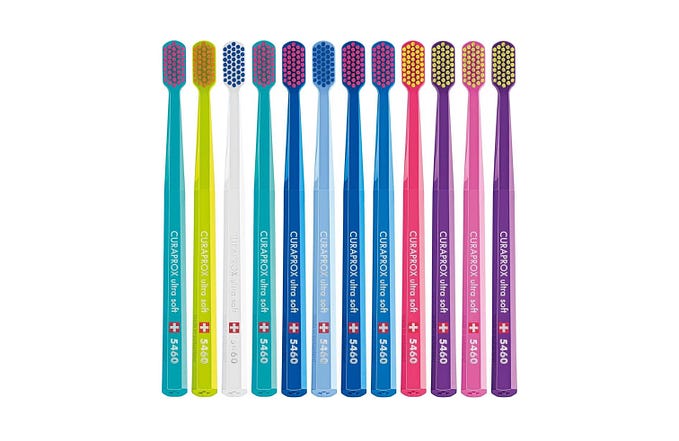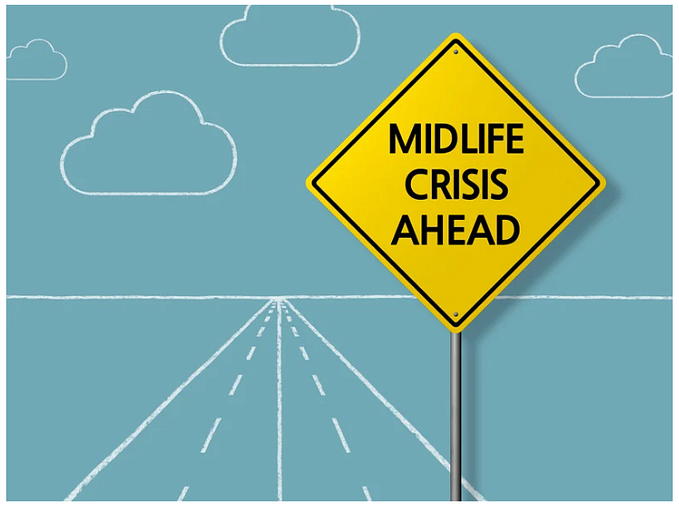Medellin, Colombia
A case study in social entrepreneurship and urban innovation.
I arrived in Medellin last week with a little trepidation. Until recently it was known as one of the most dangerous cities in the world — home of Pablo Escobar, narco terrorism, and neighborhoods of abject poverty (with a few FARC guerrillas added into the mix).
But today it’s known as a vibrant center of innovation, startup success, art, and music. So how did this urban transformation happen?
My friend at home in Silicon Valley, Suku Ramanathan, told me that if I wanted to really understand the transformation of Medellin, I needed to go there and meet one particular guy: Paulo Carvajal, social entrepreneur extraordinaire.
It’s often been said that successful social entrepreneurs have to be a little crazy, so I knew this Paulo guy would probably be little loco. As Hunter S. Thompson said, “You won’t find reasonable men on the tops of tall mountains.”
And Paulo Carvajal did not disappoint. He arrived at my hotel at 7:30 am in bright shoes and a brilliant, colorfully-painted 1978 Land Rover. “Today I brought the Super Car!”, he said. The paint job had been done by a famous local street artist named Perro, featuring a beautiful phoenix on the trunk representing Medellin risen from the ashes.
Paulo is crazy, smart, and crazy smart. “Vamos!”, he said, grinding the classic Land Rover gears into action.

Our first stop was Ruta N, an innovation center created 15 years ago to inspire venture-building and create favorable conditions for business and entrepreneurship in Medellin. Three big bold eco-friendly buildings, constructed with sustainable materials, contain office space for companies and laboratories of nearly any size. The mission of the organization is the concept of the quadruple helix: connecting universities, companies, state, and society to create a thriving entrepreneurial ecosystem. Over 500 startups from 33 countries have been created in the co-working space here at Ruta N, creating over 20,000 jobs that have helped to modernize the economy. It’s a pretty remarkable success story.
One of the founders, Elkin Echeverri Garcia, told me “Our pride is not so much what those companies achieved, it is what the city managed to create for the people who needed it most, with sustainable economic change”. Elkin is an incredibly smart and inspirational guy who now has a new startup, La MousAI, helping emerging musicians to succeed in the streaming-centric world.
Another founder of Ruta N is Juan Pablo Ortega, now CEO of the Tech Innovation Group, with investments across several sectors. When he heard we were going for a tour of Medellin’s urban innovation, Juan Pablo jumped into the back of the Land Rover to join us and off we went, bouncing through the city
Our next stop was La Puerta Rosa, created by neighborhood entrepreneurs, Julio and Paula. A married couple in their 50’s, they have turned their home in the San Cayetano neighborhood into a creative space that is part restaurant, part art gallery, and part pastry shop. Paula made us an amazing lunch of Bandeja paisa, the signature dish of the region, while we admired Julio’s art. Sensing how much fun we were having, after lunch Julio jumped into the back of the Land Rover to go explore neighborhoods with us.
So there were now four of us in the 1978 vehicle, zipping through the streets with people pointing at our paint job and giving us an enthusiastic shout and thumbs-up.
Comuna 13 was once one of the most infamous of all the neighborhoods in Medellin. A slum built illegally on the slopes to the west of the city, for many years it was known as the most dangerous part of a dangerous city. Violence was in the streets daily from Narcos, military operations, guerrillas and paramilitaries. The transformation began in 2012, as the mayor embarked on a policy of reducing social exclusion by building MetroCable lines to connect Comuna 13 with the city’s subway network. And that’s when the social entrepreneurs really went to work, building ventures that have turned the neighborhood from a war zone into what is today one of the most vibrant parts of the city.
Economics are one thing, but it’s art and culture that gives a neighborhood pride and a sense of community more than anything else. In 2013 an arts collective called Casa Kolacho was formed in Comuna 13, co-founded by Perro (mentioned above) and Jeihhco. This once-dangerous neighborhood is now known as the arts center of the city, a top-ranked as a tourist destination on TripAdvisor. When it comes to transforming neighborhoods, arts matter.
We pulled over at a spot where we could look out over the neighborhood. “See those roofs?”, Paulo asked. “A social venture called Terrazas Verdes has developed hydroponic systems that turn families in this neighborhood into high-tech farmers. This once-poor barrio now produces lettuces that are sold in fancy restaurants around town”. Now I wanted a salad.
Our next stop was a coding school that Paulo helped to establish in the neighborhood. Called Codigo C13, it provides teenagers with the skills they need to be part of today’s digital economy. They’ve had hundreds of teenagers go through the program, and 70 percent have gone out and gotten jobs with these new skills — at 23x the country’s minimum wage.

The four of us piled back into the Land Rover and headed to Ratón de Biblioteca, a community library with five locations in some of the roughest neighborhoods. Sandra, the executive director, explained the mission to me simply: “We help solve social problems by promoting the love of reading”. The kids gathered there that day were excited because they had been reading the books of Marita Lopera, and on this day the author herself was coming to visit. Sandra told me some of the many success stories of her community library — kids who were once on the streets now spending afternoons here. It’s an easy mission to understand — kids who have a safe place full of books to go to, go on to have fulfilling lives. And like most great social entrepreneurs, Sandra has an earned income model associated with her venture. Nearly a third of the operating expenses of Ratón de Biblioteca come from selling services (literary programs for NGO’s throughout the country).

By this point I was falling in love with Medellin. And don’t get me started on how good the food is.
Here’s the point of all this: I am passionate about the power of social entrepreneurship to solve programs and create opportunity. I’ve seen examples all over the world, but I don’t think I’ve ever seen results as spectacular as what I saw in Medellin last week.
Spending a day with Paulo and his brilliantly-painted 1978 Land Rover was one of the most inspirational days of my life. Seeing war-torn slums turned into vibrant communities is like witnessing pure magic — magic that never would have happened without social entrepreneurs like Paulo. As David Bornstein has written, “Social entrepreneurs identify resources where other people only see problems”.
Paulo and I embraced at the end of the day. “Amigos que caminan en lo imposible son amigos de largo aliento” (Friends who walk the impossible together are friends forever).

This was adapted from my weekly newsletter for entrepreneurs, innovators, and investors. Sign up here.







